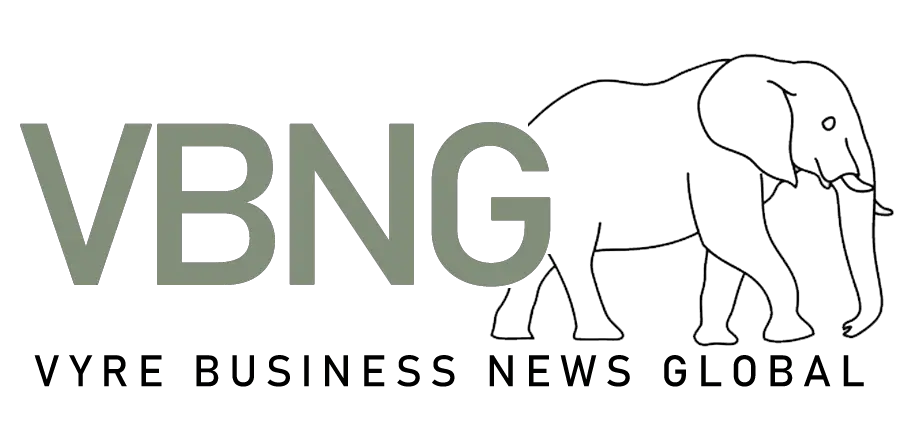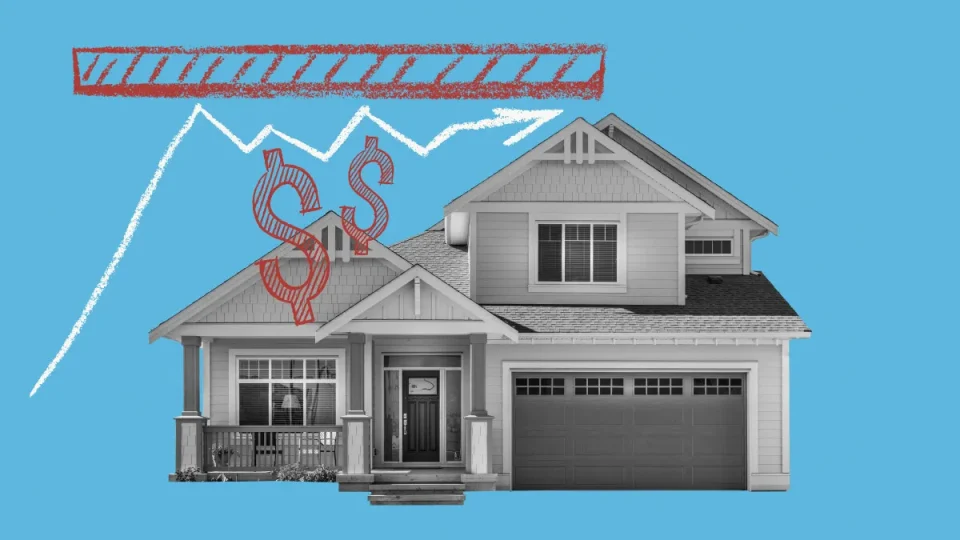The US housing market demonstrated surprising resilience in February, with housing starts surging beyond expectations. This development comes amid ongoing concerns about affordability and economic uncertainty.
According to data released by the U.S. Census Bureau and the U.S. Department of Housing and Urban Development, privately-owned housing starts in February 2025 reached a seasonally adjusted annual rate of 1,501,000. This figure represents an 11.2% increase from the revised January estimate of 1,350,000.
The jump in housing starts caught many analysts off guard, as it contradicts the prevailing narrative of a cooling housing market. However, it’s worth noting that despite the month-over-month increase, February’s numbers still fall 2.9% short of the February 2024 rate of 1,546,000.
Single-family housing starts also saw a significant boost, rising to 1,108,000 in February. This marks an 11.4% increase from January’s revised figure of 995,000.
Regional disparities were evident in the data. While most regions showed positive momentum, the Midwest experienced a decline, with total starts dropping by 24.9% and single-family starts decreasing by 25.6%. In contrast, the Northeast posted impressive gains, with a 47.4% month-over-month increase in total starts and a 75% rise in single-family builds.
The West region demonstrated solid year-over-year growth, with total starts up 26.2% and single-family starts increasing by 20.3%.
Despite these encouraging figures, industry experts urge caution. Jing Fu, senior director of forecasting and analysis at the National Association of Home Builders (NAHB), noted that while lean inventory levels of single-family existing homes helped boost production in February, the outlook for 2025 remains uncertain. Fu predicts that single-family starts will likely remain flat throughout the year, as potential improvements in the regulatory business climate are offset by tariff-related uncertainties.
The multifamily construction sector is expected to face challenges in early 2025 due to difficult financing conditions, with potential stabilization in the latter half of the year.
On the broader economic front, J.P. Morgan Research anticipates a 3% overall rise in house prices for 2025. However, the housing market is likely to remain largely frozen, with growth occurring at a subdued pace.
Michael Rehaut, head of U.S. Homebuilding and Building Products Research at J.P. Morgan, pointed out that while existing homes for sale have returned to more normalized levels in several key Metropolitan Statistical Areas (MSAs), new homes have become relatively plentiful. The number of new homes for sale stands at 481,000, the highest level since 2007, while speculative homes for sale have reached 385,000, a peak not seen since 2008.
These figures suggest that supply may be less of a support for the housing market in 2025. Nationally, single-family existing homes for sale have increased by approximately 20% year-over-year, although the number remains near record lows, about 20-30% below prior troughs.

